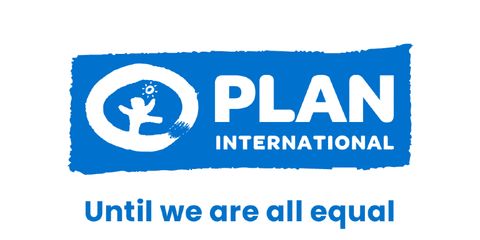COVID-19 Response Framework
COVID-19 Gender Equality Adaptation and Response Framework
29 April 2020Our goal is to contribute to the prevention of the transmission of COVID-19 and reduce the social impact on the most vulnerable communities, particularly in refugee camps, displaced settings, urban slums and sponsorship communities across Plan International programme countries.
The world is facing an unprecedented crisis that has been described as the “greatest public health challenge in a generation”. It has the potential to crumple ordinarily functioning health systems, economies and social networks.
As a girls’ rights and humanitarian organisation, Plan International has the responsibility to ensure that the communities we serve – both in our ongoing emergencies and our longer-term development programming – are supported to prepare, prevent and respond to the impacts of COVID-19.
Our goal is to contribute to the prevention of the transmission of COVID-19 and reduce the social impact on the most vulnerable communities – particularly in refugee camps, displaced settings, urban slums and sponsorship communities across Plan International programme countries.
We will work to ensure that we reduce the social impact on the status of women and girls who are normally disproportionately affected by crises.
Programmatic Approach
Plan International will adopt a two-pronged approach to ensure that the most vulnerable communities we currently work with across 50 countries are prepared to prevent and respond to COVID-19.
Within the response, the priority and focus will be on interventions in the sectors of WASH, Health, Community Engagement and Accountability, Education and Child Protection. The aim is to have the highest impact on prevention of transmission as well as to mitigate the subsequent negative sociological impacts. Plan International will mainstream gender equality throughout its response activities to curtail the likely deepening of gender inequalities as a consequence of the COVID-19 pandemic.
“The foundation of our ability to respond effectively lies in strong coordination with local, regional and national governments”
The first priority is to ensure that our ongoing emergency responses are integrating COVID-19 prevention and mitigation measures, with particular emphasis on refugee and displacement settings. These settings are at the forefront of our response to COVID-19 due to the fragility of the contexts and the impact that a double crisis will have on the most vulnerable.
The second priority is to target our ongoing projects and programmes in high-risk areas with a particular focus on sponsorship communities, using the programme guidance that outlines adaptations to current programmes to better prepare and mitigate the virus.
This adaptation and response plan emphasises four phases of the crisis, Preparedness, Initial Response, Mitigation and Recovery.
These take into account the different scenarios and are inclusive of mobility restrictions and shutdowns of basic social services as a consequence of COVID-19. These phases are important to consider in our approach to ensure we adequately scale up life-saving activities at the right time and equally consider nexus programming as we move into recovery.
In addition to response and adaptation activities directed at communities, the foundation of our ability to respond effectively lies in strong coordination with local, regional and national governments. The aim of this is not only to enhance and support government-led responses to COVID-19 outbreaks but also to influence the inclusion and prioritisation of girls, women and vulnerable groups such as refugees and internally displaced persons (IDPs) into government policies to tackle the pandemic.
Download options
response framwork
1.02 mb
Categories: Emergencies
